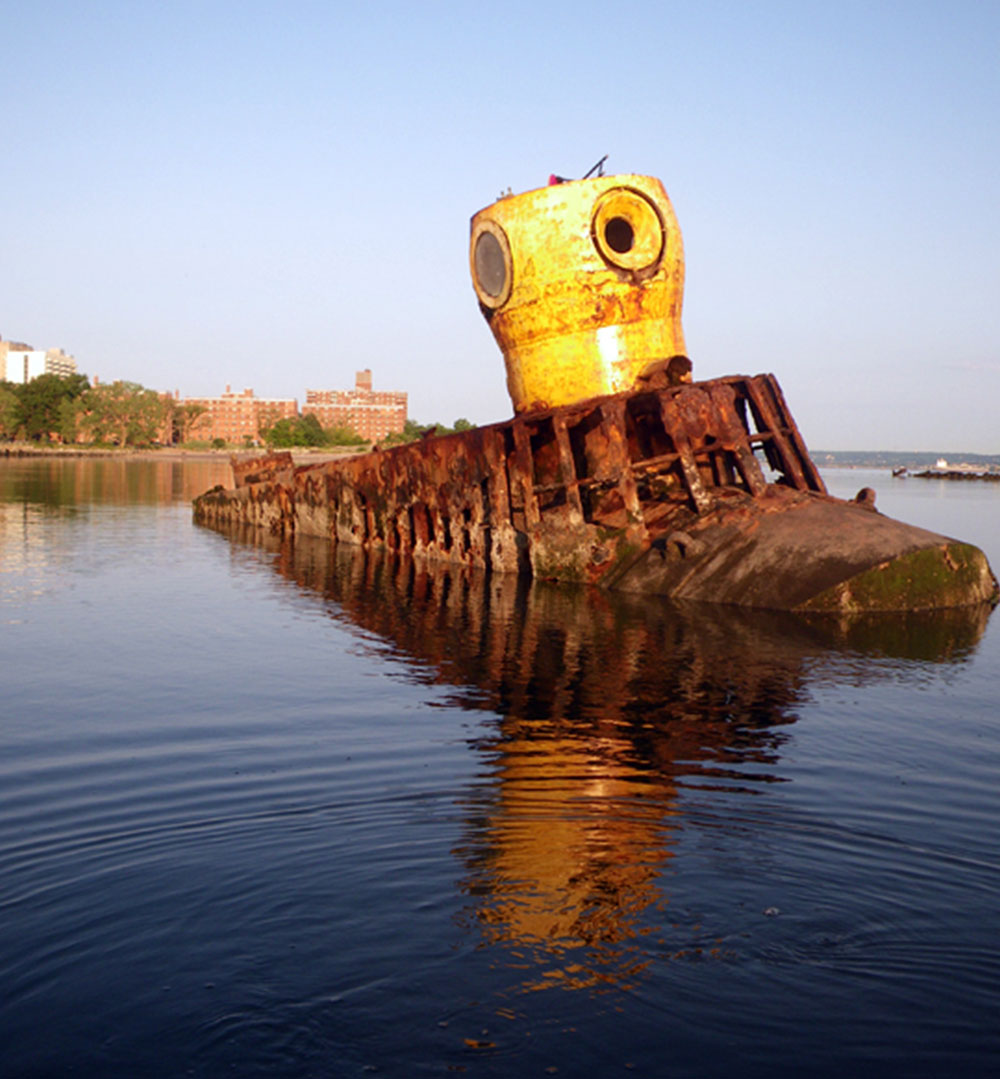Staten Island, one of the five boroughs of New York City, is a unique and fascinating place with a rich history and distinct character. What is staten island known for…. it is known as the "forgotten borough" often overlooked by visitors and locals, but it has a lot to offer. In this blog, we will take a closer look at the fact that is staten island in New York or not. Let’s explore the untold story of Staten Island and its identity within the context of New York City.
Located in the southwest part of the city, Staten Island is the southernmost of the five boroughs. It is separated from New Jersey by the Arthur Kill and is connected to the rest of New York City by the Staten Island Ferry. The island is renowned for staten island tourist attractions and its suburban character, with a mix of residential neighborhoods.
Staten Island has a rich history dating back to pre-colonial times when it was occupied by the Lenape (Native Americans Tribe). Throughout the 19th and 20th centuries, Staten Island developed into a thriving community with a strong sense of identity and pride.
Today, Staten Island is a diverse and vibrant place and several famous people from staten island have contributed to the society. There are several attractions you can visit and plan the best things to do in Staten Island. Famous attractions such as the Staten Island Zoo, the Snug Harbor Cultural Center and Botanical Garden, and the Staten Island Museum are waiting for you to explore them. The island is also home to several beautiful parks as well, such as the Greenbelt and Clove Lakes Park.
So, whether you are a resident or a visitor looking for things to do in New York for first-timers, always consider visiting Staten Island. You will love to explore this fascinating borough and discover its hidden treasures.
Historical Background
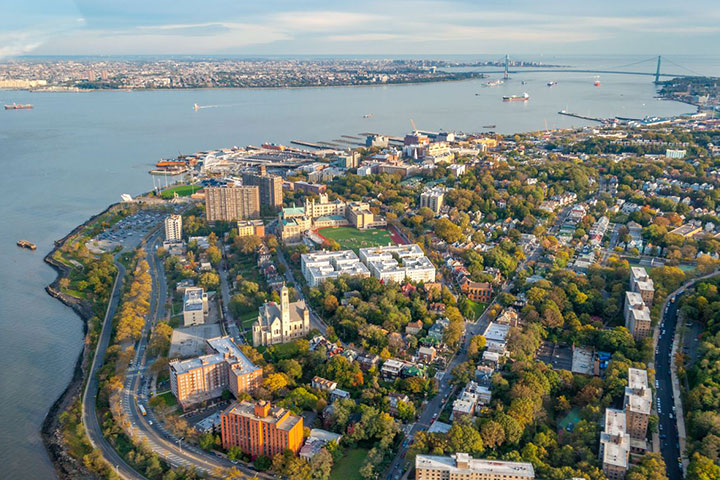
Though Staten Island is a forgotten borough but it has a rich historical background. If you want to know about the history of this amazing borough then you are at the right place. Here's an overview of its historical evolution.
Native Residents
Staten Island was colonized but before European colonization, there was a Native American tribe “Lenape” that populated Staten Island. They called the island "Aquehonga Manacknong," which means "the place of bad woods" in their language.
Dutch Settlement
The first European explorer to reach Staten Island was Giovanni da Verrazzano in 1524, but the Dutch were the first to establish a permanent settlement in the early 17th century. In 1639, they purchased the island from the Lenape.
English Control
In 1664, the English took over Staten Island as part of their conquest of New Netherland. The name of the island changed from "Staaten Eylandt" (Dutch) to "Staten Island" (English) to honor the Dutch parliament, known as the Staten-Generaal.
Colonial Era
During the colonial period, Staten Island remained isolated and that is why it is known as a forgotten borough. The area is largely rural and focused on agriculture, with a few small villages and estates. It is not easily accessible to major urban centers like New York City.
American Revolution
During the American Revolution, Staten Island was a crucial location. British forces used it as a base in 1776 before attacking Manhattan. In August 1777, American forces made an unsuccessful attempt to retake the island during the Battle of Staten Island.
19th Century Development
In the 19th century, there was a vast development of industry and transportation be seen on Staten Island. Steamboats connected the island to Manhattan, leading to increased settlement and economic activity.
Borough of New York City
In 1898, Staten Island became one of the five boroughs of New York City following the alliance of the city's five boroughs. This incorporation into New York City made this borough more powerful and it helped in the growth and development of the borough as well.
20th Century and Beyond
You can see suburbanization and population growth throughout the 20th century in Staten Island. The Verrazzano-Narrows Bridge, completed in 1964, connected Staten Island to Brooklyn and encouraged further development.
Modern Times
Today, Staten Island is known for its diverse communities, parks, and cultural attractions. You can plan a visit to NYC to see amazing places to visit in staten island. It retains an out-of-town character compared to the other boroughs of New York City, with a mix of residential, commercial, and natural areas.
Staten Island's Relationship with New York City
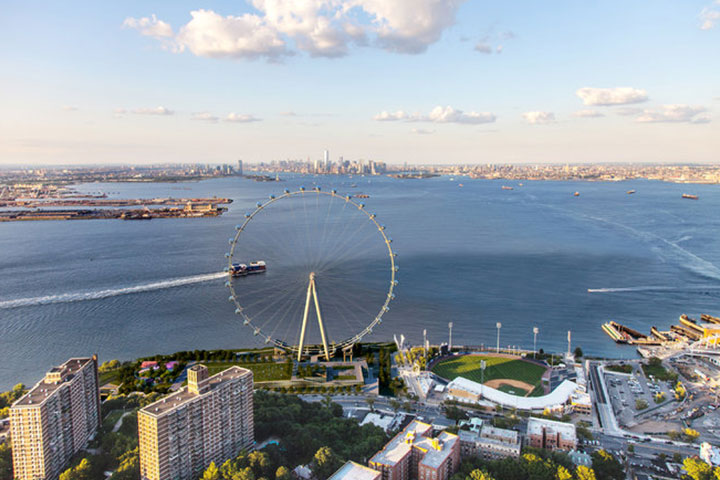
If you are planning some unique things to do in nyc, then must visit this unique borough for once in a lifetime. Staten Island's relationship with New York City is quite unique compared to the other boroughs. This borough has a special history, geography, and development which is why the relationship between Staten Island and NYC is a bit different. Here are some of the key aspects of this relationship.
Borough Status
Staten Island is one of the five boroughs of New York City, along with Manhattan, Brooklyn, Queens, and the Bronx. It became a borough in 1898 as part of the alliance of New York City.
Geographical Isolation
Staten Island is geographically separated from the rest of New York City by the Upper New York Bay. This physical isolation has made this borough a separate one with a distinct identity and culture for the island.
Suburban Character
Staten Island is different from the other boroughs as it has a more suburban feel to it. The population is lower, and there are more single-family homes and larger green spaces over there. Many people prefer this lifestyle as it is quieter and more residential.
Transportation Links
Historically, transportation links between Staten Island and the other boroughs were limited. The completion of the Verrazzano-Narrows Bridge in 1964 and later the Staten Island Ferry and the Staten Island Railway improved connectivity.
Political Representation
Staten Island has its own Borough President and Community Boards, providing a level of local governance and decision-making. So, politically this borough has unique characteristics.
Economic and Cultural Dynamics
Staten Island is a versatile borough in terms of economic and cultural diversity. It is home to diverse communities, cultural institutions like the Staten Island Museum, and recreational areas such as the Staten Island Greenbelt and the Staten Island Zoo.
Challenges and Opportunities
Staten Island's relationship with the rest of New York City has had its own challenges and opportunities. Like transportation infrastructure, urban development, and environmental conservation have their own challenges, let’s just explore them and discover the solutions to the problems.
Cultural and Natural Attractions

Staten Island offers a range of cultural and natural attractions that showcase its rich heritage and scenic beauty. So, if you are looking for some amazing things to do in Staten Island, then here are some notable attractions to visit. Plan your trip now and visit these amazing places on the island.
The Staten Island Ferry
The Staten Island Ferry is a famous transportation service. It is a unique means of transportation, how to get to staten island ferry that it connects Manhattan and Staten Island. It offers passengers stunning views of the New York Harbor, the Statue of Liberty, and the city skyline.
Snug Harbor Cultural Center and Botanical Garden
This historic site was once a home for retired sailors but now you can see a cultural complex with museums, gardens, art galleries, and performance spaces. It's a hub for arts and cultural events.
Staten Island Museum
This museum is located in St. George, and features exhibits on natural history, art, and local heritage. It houses collections related to the island's flora, fauna, geology, and human history.
Historic Richmond Town
A living history village that showcases Staten Island's colonial and 19th-century heritage. Visitors can explore restored buildings, participate in hands-on staten island activities, and learn about early American life.
St. George Theatre
In 1920, there was a historic theater known for its stunning architecture and for hosting a variety of performances including concerts, plays, and comedy shows.
Fort Wadsworth
A former military installation with a rich history dating back to the Revolutionary War. It offers scenic views of New York Harbor and is part of the Gateway National Recreation Area.
Conference House Park
Site of the Conference House, where a peace conference was held during the Revolutionary War. The park offers waterfront views, hiking trails, and historical exhibits.
Staten Island Greenbelt
A network of parks and natural areas covering over 2,800 acres. It's ideal for hiking, birdwatching, and exploring diverse ecosystems including forests, wetlands, and meadows.
Staten Island Zoo
There are several different animal species there, including kangaroos, snakes, lemurs, and more. The zoo focuses on education, conservation, and providing interactive experiences for visitors.
Alice Austen House
A historic house museum honoring the life and work of photographer Alice Austen. It showcases her photography collection and offers insights into early 20th-century life on Staten Island.
Great Kills Park
This park is a part of the Gateway National Recreation Area. It features beaches, hiking trails, fishing areas, and picnic spots along the southeastern coast of Staten Island.
The Real Reason Why Is Staten Island a Part of New York
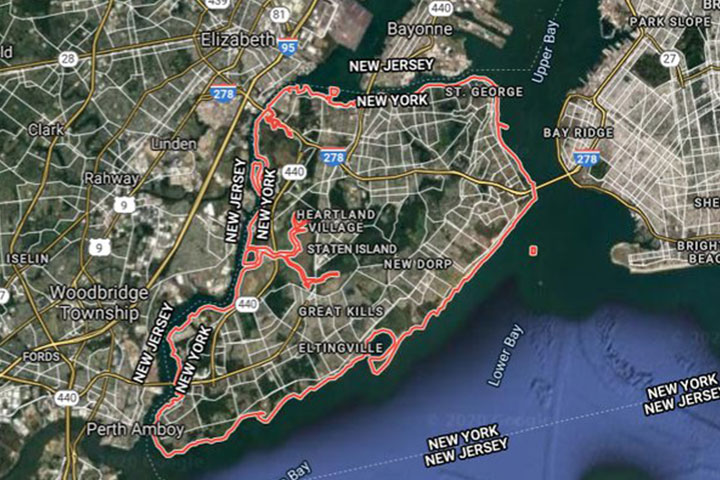
In the late 1600s and early 1700s, some important events happened that made Staten Island become part of New York. In the past, New York and New Jersey were English colonies. During a war called the Third Anglo-Dutch War in 1673, the Dutch took control of New York for a short time. They changed its name to New Orange and claimed Staten Island.
When the war ended in 1674, a treaty called the Treaty of Westminster gave New York back to the English. This treaty also confirmed that the Duke of York, who was in charge of New York, would keep part of New Jersey, but it didn't say exactly which areas were his.
Because of this unclear boundary, there were many arguments about who should control Staten Island. Both colonies wanted to collect taxes from the people living there, but the islanders themselves couldn't agree on which colony they should belong to.
Things got even more complicated when the Duke of York became the king of England. In 1689, some Staten Islanders who supported a new leader rebelled against the governor of New York, who was still loyal to the old king. They said they were part of East Jersey, a part of New Jersey, and asked for help from East Jersey's governor. This rebellion caused a conflict that lasted for months until they agreed to stop fighting for a while. However, the issue of who should control Staten Island remained unsolved.
For the next 140 years, New York and New Jersey kept arguing over Staten Island and other places along their border. They asked the British government and the courts to decide, but nothing was settled. This was because both colonies had different rules and histories, and they had changed leaders many times.
Finally, in 1830, after both colonies had become states in the United States, they agreed to let a group of judges decide. These judges looked at all the evidence and decided in 1833 that Staten Island belonged to New York. They based this decision on a grant from King Charles II to the Duke of York back in 1664.
This decision ended the long argument between New York and New Jersey about Staten Island. It also confirmed that Staten Island would stay part of New York City, which had been formed in 1898 when Manhattan, Brooklyn, Queens, Bronx, and Staten Island joined together.
Staten Island's Place in New York City
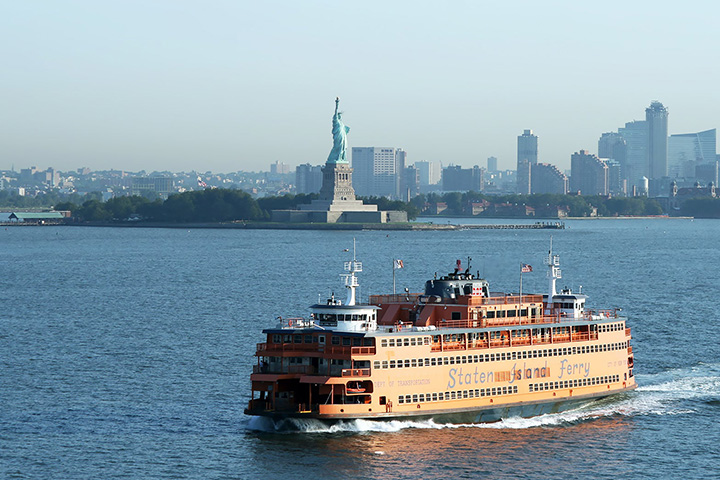
Staten Island is one of the five parts of New York City, but many people don't know much about it. It has its own special character because of its long history, different kinds of land, and strong community. Long ago, it was occupied by the American Tribe “Lenape” who called it "Aquehonga Manacknong (Land of Bad Woods)" Then the Dutch and English arrived, and Staten Island became important during the American Revolution. It's been a place for farming, fishing, and shipping for a long time, which has left a big mark on the city's culture and history.
Staten Island's land is unique, with forests, hills, and nice beaches. Because it's so pretty and has lots of animals and plants, there are big parks like the Greenbelt and Freshkills Park. But the best thing about this borough is its community feeling. Even though it's close to Manhattan, Staten Island keeps its own identity. There is diversity in the culture, people from different backgrounds are close to each other, making it a special place in New York City.
So, to really understand Staten Island, you have to see how it's added to New York City's culture, history, and nature. It's got a lot of hidden stories just waiting to be found. So, if you are looking for some adventurous things to do in nyc then plan a trip to this amazing borough now and get it explored.


